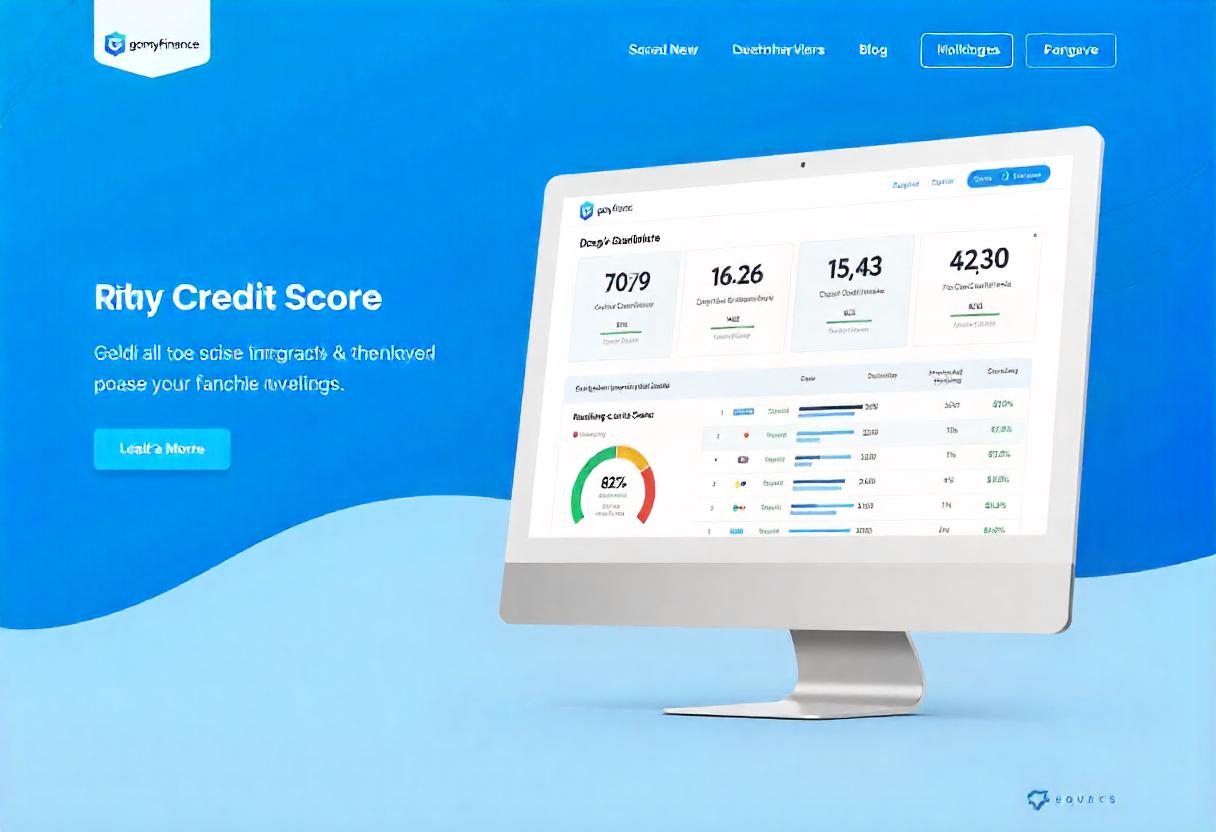The Line Between Smart Saving and Penalty Territory
If you’re serious about growing your superannuation balance, it’s natural to want to put in as much as you can. After all, super is one of the most tax-effective ways to save for retirement. But there’s a catch — go over certain limits, and your smart saving strategy can start costing you in penalties, rather […] The post The Line Between Smart Saving and Penalty Territory appeared first on Entrepreneurship Life.


If you’re serious about growing your superannuation balance, it’s natural to want to put in as much as you can. After all, super is one of the most tax-effective ways to save for retirement. But there’s a catch — go over certain limits, and your smart saving strategy can start costing you in penalties, rather than building your future.
That’s why it’s so important to understand how concessional contributions cap work before making additional deposits. Knowing the limit (and how it’s calculated) can help you make the most of your super without triggering an unexpected tax bill.
What Are Concessional Contributions?
Concessional contributions are the “before-tax” contributions made into your super fund. These include:
- Employer contributions (the standard 11%)
- Salary sacrifice payments
- Personal contributions you claim as a tax deduction
Because they come from your pre-tax income, these contributions are generally taxed at 15% — which is usually lower than your income tax rate. This makes them appealing if you want to boost your retirement savings while reducing your taxable income today.
But like most tax-effective strategies, they come with boundaries.
The Current Cap (and Why It Matters)
As of the 2024–25 financial year, the annual concessional contributions cap is $27,500 per person. This is the total amount you can contribute across all your super accounts under the concessional category.
Here’s where people trip up:
- They forget that employer contributions count toward the cap
- They make a salary sacrifice arrangement without checking the total
- They claim personal contributions as deductions without realising it pushes them over
If you exceed the cap, the extra amount will be taxed at your regular income tax rate (minus the 15% already paid in your fund), and you might also be hit with an excess contributions charge.
Using the Carry-Forward Rule
There’s good news if you haven’t maxed out your cap in previous years. If your total super balance was under $500,000 on 30 June of the prior year, you may be eligible to carry forward unused concessional cap amounts from up to five previous years.
This is particularly useful if you’ve had a few years with lower income or inconsistent contributions (like time off work or part-time roles). It allows you to “catch up” without going over the limit in a single year.
Tip: You can check your available carry-forward cap in your myGov account linked to the ATO.
Mistakes to Avoid
When it comes to concessional contributions, the most common missteps aren’t reckless — they’re accidental. Here’s how to steer clear of penalty territory:
1. Not tracking employer contributions
Your employer’s 11% may not feel like much, but over the year, it adds up — especially if you’re earning a solid income or working multiple jobs.
2. Overcommitting to salary sacrifice
Setting and forgetting a salary sacrifice amount can be risky. If your income increases or you pick up extra shifts, the amount you’re contributing may change without you realising it.
3. Not reviewing personal deductible contributions
Claiming a tax deduction for your own contributions is great — but only if it doesn’t push you over the annual limit. Double-check your fund records before lodging your tax return.
Getting It Right: Simple Steps to Stay Within the Cap
You don’t need to be a financial planner to manage your super responsibly — but you do need to stay informed. Here’s how to keep things on track:
- Track your contributions regularly, not just at tax time
- Use your super fund’s online portal or app to monitor totals
- Review your salary sacrifice arrangements at least once a year
- Speak with a registered tax agent or financial adviser if you’re planning to make large top-ups
Smart Saving Starts with Smart Awareness
Making extra contributions to your super is a fantastic long-term strategy. But more isn’t always better if it pushes you past the concessional cap. A little planning and regular check-ins are all it takes to avoid penalties and make sure your efforts are genuinely building a stronger future.
The line between smart saving and costly mistakes is thin — but with a bit of knowledge, you’ll stay safely on the right side of it.
The post The Line Between Smart Saving and Penalty Territory appeared first on Entrepreneurship Life.




















:quality(85):upscale()/2025/08/13/775/n/1922283/3c0cbead689ccd0c422644.10221678_.png)
:quality(85):upscale()/2025/01/08/844/n/1922398/cde2aeac677eceef03f2d1.00424146_.jpg)
:quality(85):upscale()/2025/07/10/708/n/1922398/8fe2782e686fe372b38bf8.29984296_.jpg)
:quality(85):upscale()/2025/07/02/859/n/1922398/d8afa3b768658a601527c2.07656391_.jpg)
:quality(85):upscale()/2025/02/27/808/n/1922398/26784cf967c0adcd4c0950.54527747_.jpg)


















